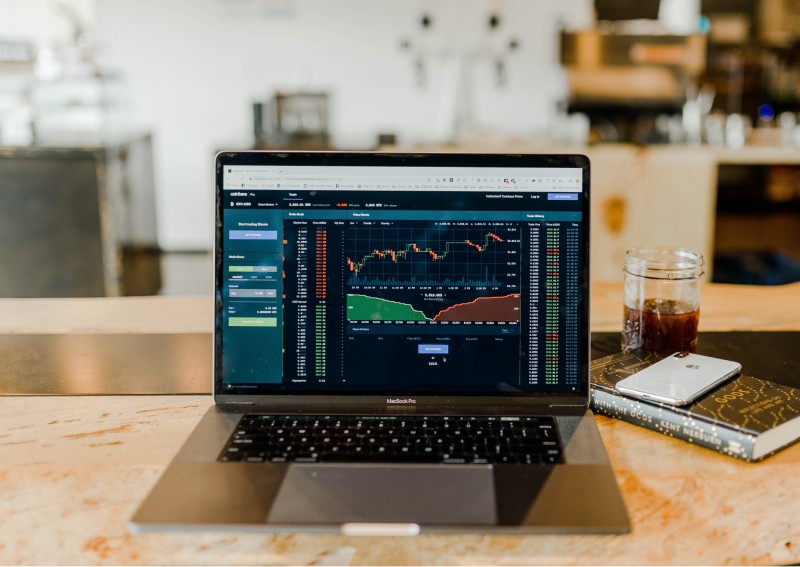3 things you need to know about Mapletree commercial trust before you buy

If you ever wanted to own a piece of a popular waterfront mall, look no further than Mapletree Commercial Trust or MCT.
The REIT owns a portfolio of retail and commercial properties, including VivoCity, Mapletree Business City (MBC), PSA Building, Mapletree Anson and Bank of America Merrill Lynch HarbourFront (MLHF).
These assets take up a total of 5 million square feet in net lettable area and are worth around $8.9 billion.
The REIT has fared better than pure retail REITs such as Frasers Centrepoint Trust as its commercial component has held up better compared to retail.
But knowing that Vivocity has a waterfront view is not quite enough.
As a Smart Investor, you should take the time to look into the salient aspects of the REIT if you are considering it.
Here are three important things you should note about MCT.
MCT’s fiscal 2020/2021’s first quarter ended June 30, 2020 reflected the full impact of the circuit breaker measures on its sole retail property, VivoCity.
The REIT had to dole out rental rebates to eligible retail tenants to tide them over during this harsh period.
As a result, gross revenue fell by 10.5 per cent year on year, while net property income (NPI) declined by 10.7 per cent year on year to $78.9 million.
Phase II’s reopening did help to mitigate some of the damage as there was a recovery in shopper traffic and tenant sales from June 19, 2020 onwards.
The positive impact of having commercial properties within its portfolio has become apparent during the quarter.
For the first quarter of the fiscal year 2020/2021, MBC I contributed the bulk of gross revenue at 31.7 per cent versus VivoCity at 23 per cent.
For comparison, a year ago, during the first quarter of the fiscal year (FY) 2019/2020, the contribution from MBC I was 29.3 per cent, while VivoCity contributed nearly half (47.5 per cent) of gross revenue.
Meanwhile, MCT had also acquired MBC II in November 2019, thereby including the entire contribution from MBC in the current quarter rather than just MBC I during the same period last year.
If we include MBC II’s contribution, it makes up 52.7 per cent of gross revenue for the quarter, more than double that of VivoCity’s 23 per cent contribution for the first quarter of FY20/21.
For NPI, VivoCity’s contribution fell from 46.2 per cent in the prior year’s quarter to 20.8 per cent in the current quarter.
MBC I’s contribution increased to 33.6 per cent from 30.8 per cent last year, and the combined MBC (MBC I and MBC II) contributed 55 per cent of NPI.
These numbers demonstrate the resilience of MCT’s portfolio as the commercial portion has not been adversely impacted by the pandemic thus far.
Despite these tough times, MCT has ensured that it maintains sufficient liquidity.
More than $1 billion of cash and undrawn committed facilities were available as of June 30, 2020, and new loan facilities were secured to enable MCT to refinance all borrowings due in the fiscal years 2020/2021 and 2021/2022.
The REIT’s gearing ratio stood at 33.7 per cent at the end of the quarter, way below the statutory requirement of 50 per cent mandated by the Monetary Authority of Singapore (MAS).
[[nid:487241]]
The interest coverage ratio remains healthy at 4.1 times, also above MAS’ proposal of a ratio of at least 2.5 times, though this decision has now been deferred till Jan 1, 2022.
MCT has also managed to progressively lower its all-in cost of debt from 3 per cent as of June 30, 2019 to 2.61 per cent as of June 30, 2020.
Portfolio occupancy remained very high at 97.1 per cent across the whole portfolio, roughly on par with the occupancy during the same period last year.
Shopper traffic and tenant sales saw year on year plunge to the tune of 78.5 per cent and 63.4 per cent, respectively, during the quarter.
These shocking numbers underscore the major disruption that the circuit breaker measures have had on retail footfall.
While Phase II has eased this pressure and the REIT has witnessed “encouraging performance”, disruptions remain due to continued social distancing regulations and stringent temperature checks at all retail outlets.
Fortunately for MCT, its acquisition of MBC II turned out to be most timely.
The addition of this asset helped to mitigate the decline in gross revenue and NPI, and boosted the REIT’s commercial property portfolio.
Hopefully, Singapore can soon move to Phase III of its reopening.
Should that happen, shopper traffic will improve even further and provide a lift to MCT’s numbers.
This article was first published in The Smart Investor. Disclaimer: Royston Yang does not own shares in any of the companies mentioned.